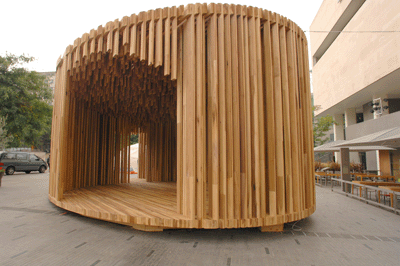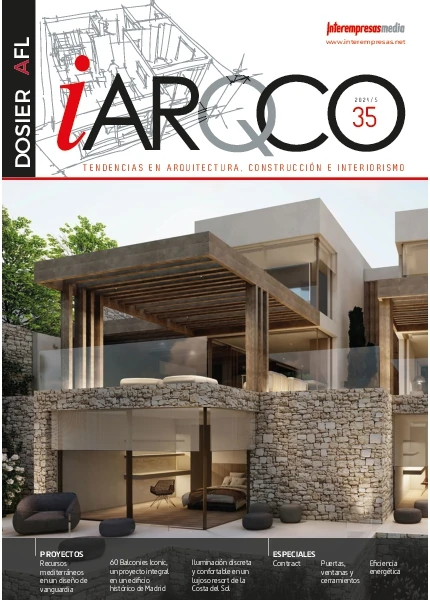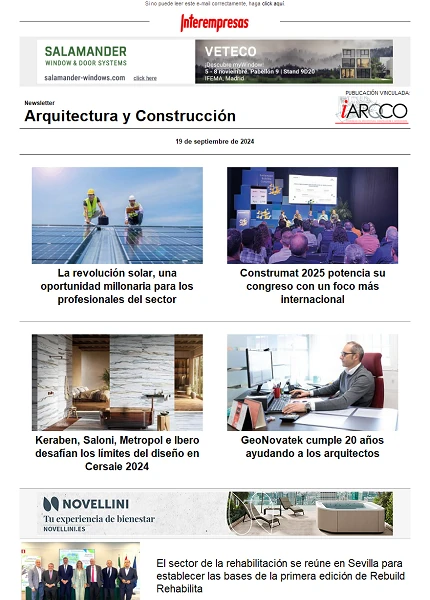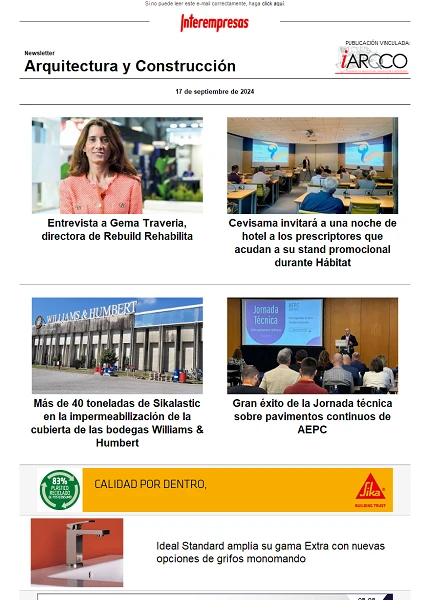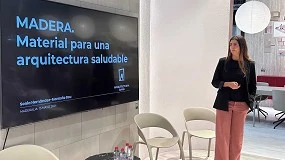La madera de tulipwood hace posible la construcción del pabellón ‘Sclera’ presentado en el Festival de Diseño de Londres
El pabellón ‘Sclera’ está construido íntegramente con madera de tulipwood estadounidense, una de las frondosas estadounidenses de mayor altura y más abundante en la zona este de los Estados Unidos. Gracias a la gestión sostenible de los recursos forestales estadounidenses, su volumen en crecimiento siempre supera el volumen derribado en los aprovechamientos forestales. Con un ‘pedigrí’ que incluye su uso para repisas de chimenea y molduras en el Palacio de Buckingham, actualmente se utiliza fundamentalmente para la industria de la fabricación de muebles, para aplicaciones de carpintería interior y para la fabricación de armarios de cocina y para puertas.

David Adjaye se sintió fascinado por el color claro de la madera de tulipwood. También le atrajo su disponibilidad y, teniendo en cuenta que se utiliza fundamentalmente para aplicaciones interiores, mostró un gran interés por trabajar con la American Hardwood Export Council (Ahec) con el fin de extender su uso a aplicaciones exteriores mediante un proyecto totalmente innovador. Esta valiente decisión ha podido muy bien marcar el comienzo de una nueva etapa para el tulipwood estadounidense como un nuevo e interesante material para aplicaciones exteriores como, por ejemplo, revestimientos arquitectónicos. Como resultado del proyecto ‘Sclera’, Ahec ha trabajado estrechamente con Osmose, una empresa especializada en el tratamiento de la madera, con el fin de desarrollar programas comerciales para el tratamiento del tulipwood.
Para David Adjaye, además de la definición anatómica del término (membrana blanquecina que cubre el ojo, con una abertura anterior que engasta la córnea), el nombre ‘Sclera’ (esclerótica en inglés) hace alusión a un “espacio desde mi punto de vista”. Así pues, no resulta sorprendente la relevancia y abundante presencia de áreas abiertas en el diseño del pabellón, cuya sensación de amplitud y libertad se ven potenciadas por la ligereza y la transparencia de la construcción en madera.
La entrada lateral de este pabellón elíptico de madera conduce a la primera de las dos cámaras circulares. La segunda cámara, de mayores dimensiones, crea una fuerte sensación de espacio. Todo el interior ofrece al visitante una experiencia de espacialidad transmitida mediante la forma elíptica de la pared y el suelo y las suaves curvas del techo tridimensional. La claridad de la madera y las formas y espacios diseñados por el arquitecto proporcionan una intensa experiencia sensorial a medida que el visitante de desplaza a través del pabellón.
Elementos aserrados atornillados cubren la totalidad de la superficie del suelo del pabellón (12 metros x 90 centímetros). 370 postes, de diferentes secciones y de hasta 4,50 metros de longitud, soportan el revestimiento vertical de la elipse. Sobre estos postes se sitúan 68 viguetas de techo, cada una de ellas con una sección de 6 x 24 centímetros. 910 tablones, de longitudes aparentemente aleatorias, cuelgan del techo creando una forma ondulante y, siendo los responsables, junto con las viguetas del techo a las que están discretamente fijados, del efecto tridimensional.
La cámara de mayor tamaño constituye el centro del pabellón. Presenta una abertura en la pared que ofrece una vista ‘enmarcada’ del exterior libre de obstáculos. Esta perspectiva explica la segunda interpretación de ‘Sclera’ como el término utilizado para designar a la ‘membrana con una abertura anterior que engasta a la córnea’.
Si bien podría parecer un diseño sencillo, tanto la construcción del pabellón a base de elementos de dimensiones exactas como su montaje requirieron una gran maestría. A pesar de que el tulipwood estadounidense es una especie estable, todas las secciones, excepto en los elementos del pavimento, se han fabricado con dos tablas aserradas pegadas de cara (Duo-Balken). Se ha utilizado un adhesivo de resorcina ya que ofrece mejores encolados que otros adhesivos y una buena resistencia a la intemperie.
Para conseguir una eficaz protección contra los agentes meteorológicos, se procedió a rociar los componentes de madera con una primera imprimación de Primer GN. Las superficies se trataron a continuación, en un tanque de inmersión, con un aceite de imprimación fabricado por Osmose. En el caso de los elementos de mayor tamaño, la aplicación se efectuó con una brocha.
Para el montaje se colocaron sobre la base horizontal de la calle, nueve soportes en el suelo y el suelo elevado de madera. A continuación, se procedió a levantar los 370 postes, fijados a la base mediante pasadores, junto con el elemento del techo. Un total de cinco sistemas de arriostramiento se encargan de absorber las cargas laterales de las fuerzas horizontales.
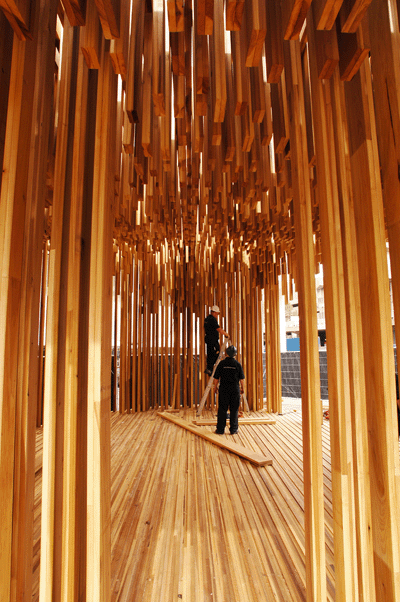
Hess Wohnwerk también prefabricó el techo a partir de nueve elementos esenciales. Puesto que los 910 tablones suspendidos del diseño espacial interior formaban parte de los elementos prefabricados, su posicionamiento debía efectuarse con gran exactitud. Su fijación debía ser segura y permanente. Se utilizó una unidad control numérico especial para marcar automáticamente y con un alto grado de precisión las posiciones en las que finalmente se empernarían los tablones suspendidos.
Para la construcción de ‘Sclera’ en Londres se necesitaron aproximadamente 50 metros cúbicos de madera de tulipwood estadounidense, suministrada por la American Hardwood Export Council, con un peso de 25 toneladas.
Desde el 13 de septiembre hasta el 12 de octubre, este impresionante pabellón ‘ocular’ fabricado en tulipwood estadounidense, resultado de una colaboración única entre David Adjaye y la American Hardwood Export Council, con su iluminación interior, se ha expuesto en el Festival de Diseño de Londres.
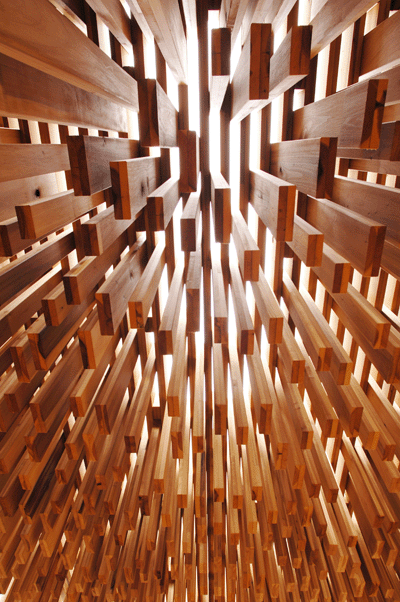
El tulipwood es una especie inusual. Inusual porque es una madera nativa de Norteamérica, donde está ampliamente distribuida, aunque desapareció de Europa durante la última glaciación, tal como evidencian los hallazgos de polen fosilizado. Al ser uno de los productores de semillas más prolíficos de entre todas las especies de frondosas, el nivel de sostenibilidad del tulipwood no es inferior al de ninguna otra especie de los Estados Unidos. No es extraño encontrarse con producciones de semillas de 741.000 a 1.482.000 por árbol o de 300.000 a 600.000 por acre. Como resultado de ello, las existencias en pie de esta especie han experimentado un incremento continuo desde 1963, año en que comenzaron a efectuarse mediciones de acuerdo con lo exigido por la legislación federal de los Estados Unidos.
El tulipwood (‘Liriodendron tulipifera’ de la familia de las Magnoliáceas) recibe diversas denominaciones confusas. Denominado normalmente Álamo Amarillo o Álamo Tulipán en los Estados Unidos, a nivel internacional se lo conoce como tulipwood con el fin de diferenciarlo de las especies del género Populus como, por ejemplo, el Álamo Europeo o el Álamo Temblón, que son mucho menos duras. Se trata de la tercera especie más abundante de los Estados Unidos, donde representa el 9 por ciento de la producción de madera de frondosas, después de las especies de roble.
El tulipwood ofrece grandes ventajas cuando los aspectos que priman son la resistencia, ligereza, trabajabilidad mecánica y grandes longitudes de madera totalmente libre de nudos. Otra importante ventaja de esta madera radica en su capacidad para aceptar tratamientos para el uso en exteriores.
